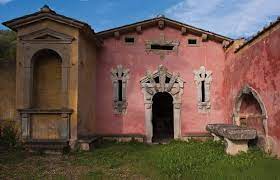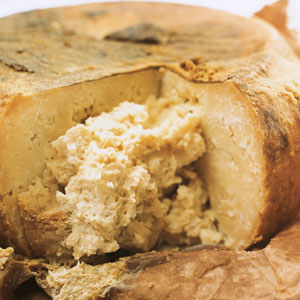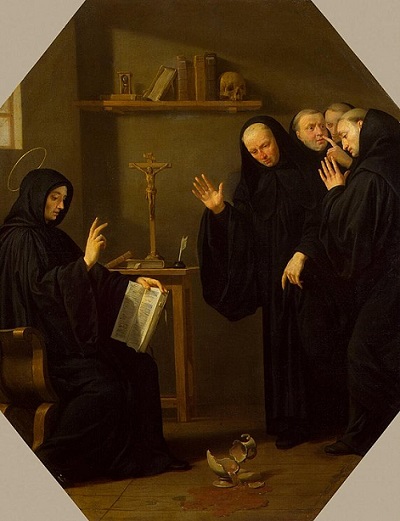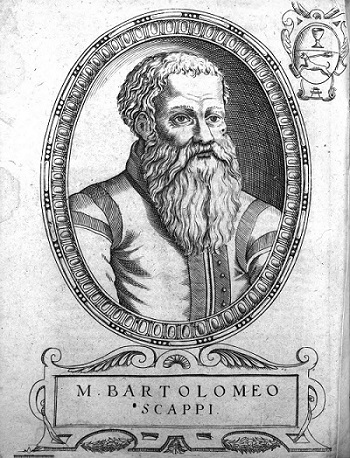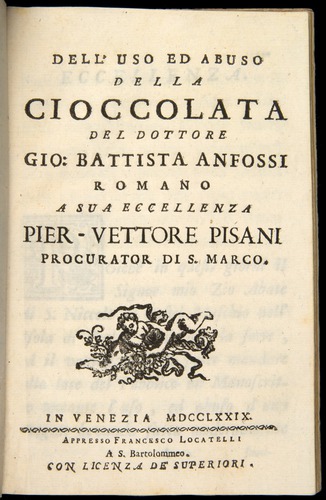Emperor Rudolf II (18 July 1552 – 20 January 1612) was an introvert, a lover of life and the ladies, an erudite scholar of the arts, and a supporter and protector of the occult – as well as a manic depressive.
In 1563, the young Rudolf was sent with his brother to the Spanish Court to complete his education. There he was introduced to the work of Hiëronymous Bosch, of whom he became a fervent admirer and keen collector.
On his return from Spain, his father appointed him as successor to the monarchy of each of the countries of the Habsburg domain and the Germanic Roman Empire. In 1575, Rudolf was was crowned Czech king and designated as the next Holy Roman Emperor.
During the first years of his reign, Rudolf took great pleasure in being in Prague, where he stayed for increasingly lengthy periods. In 1583, he decided to undertake the work required so that he could live at the Prague Castle permanently and maintain his seat of government there. During his reign, Prague expanded into a hub of European politics as well as of scientific and artistic life.
Unfortunately, Rudolf’s style of government was determined to some extent by mental illness, in his case a combination of manic depression and progressive physical paralysis.
Where women were concerned, the emperor preferred short term relationships, with the exception of a long-term cohabitation with Catherine Strada. With his various mistresses he is said to have had six or seven illegitimate children, but it is not known what became of them all, although one of them, Julius Caesar d’Austria, was also mentally ill.
In 1606, taking advantage of the emperor’s many relapses, the Habsburg archdukes held a secret meeting in Vienna and set up his younger brother Archduke Matthias as head of the royal family and designated successor to the crown. The emperor soon discovered the plot and his hatred for his brother, which was simmering, increased.
In 1609, Rudolf II issued his famous Majestätsbrief (Letter of Majesty), in which he guaranteed religious freedom in the Czech lands.
Two years later, during the time that his mental instability was increasing becoming worse, Rudolf II tried to assert his widely disputed authority by launching a military campaign with the help of his cousin Archduke Leopold, Bishop of Passau. Early in 1611, the troops of Passau invaded Bohemia but it was a complete failure and the emperor was forced to abdicate in April.
Nine months later, on January 1612, he died at Prague Castle and buried in a royal vault of St Vitus Cathedral.
It should be remembered that of all of the Habsburg monarchs, it was Rudolf II who did the most to protect the occult and the sages devoted to it. He brought to Prague the most renowned alchemists of the time including John Dee, Edward Kelley & Michael Sendivogius, and also had several astrologers work at the castle, including Tycho Brahe and Johannes Kepler.
(Adapted from Secret Prague by Martin Stejskal, published by JonGlez)


